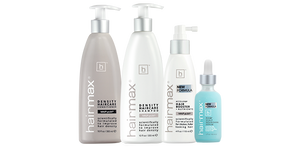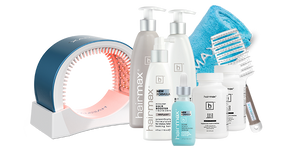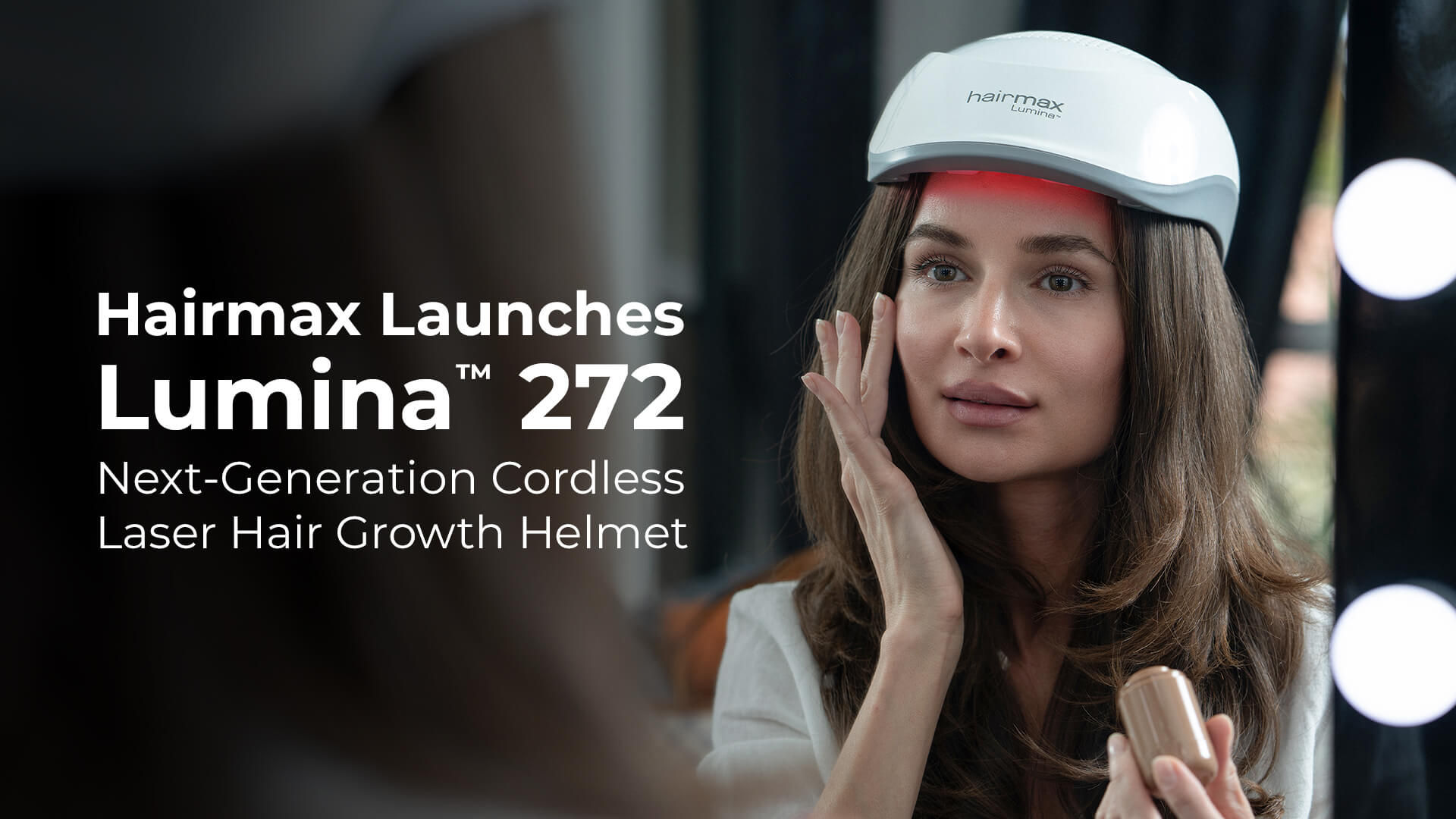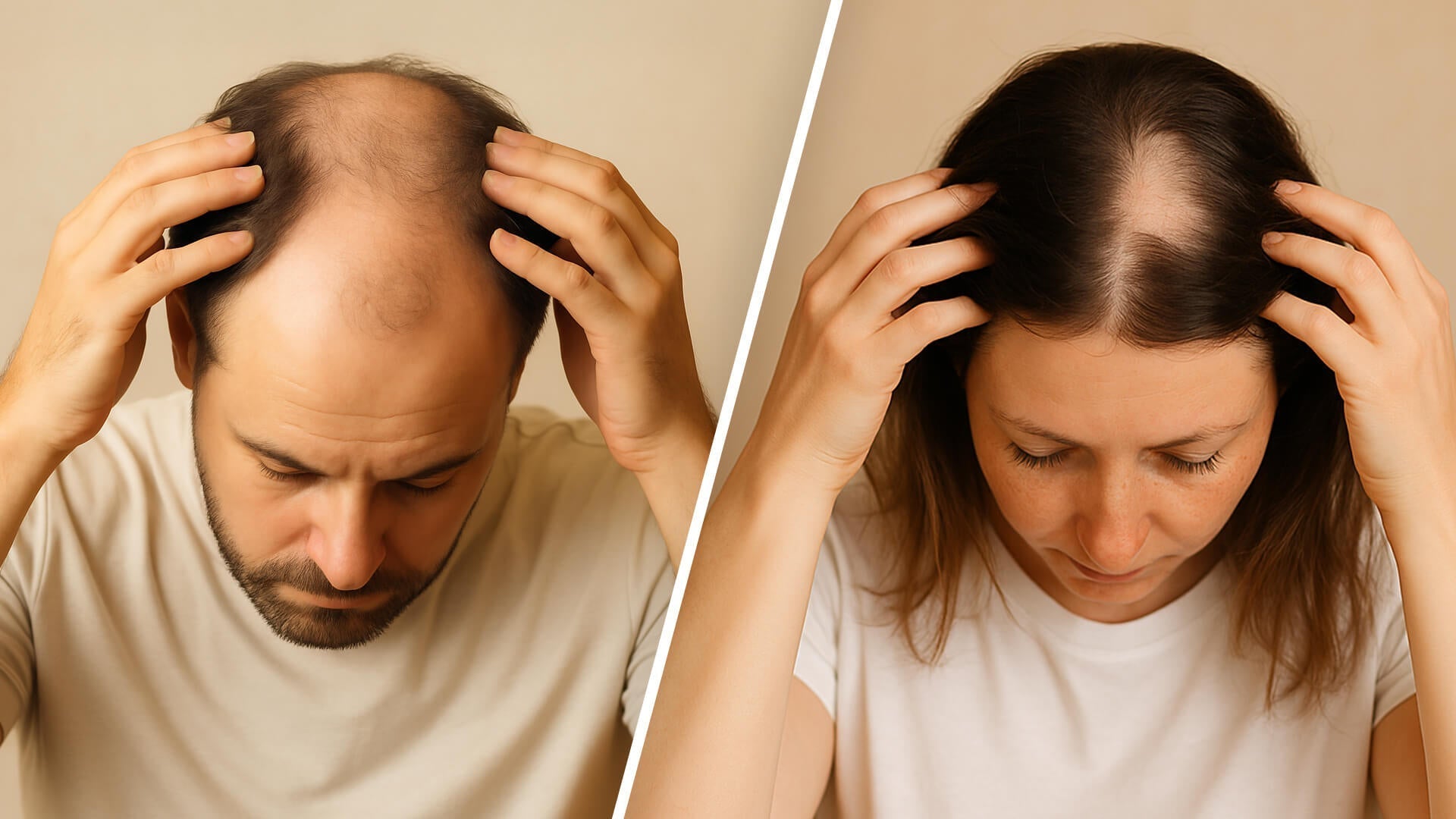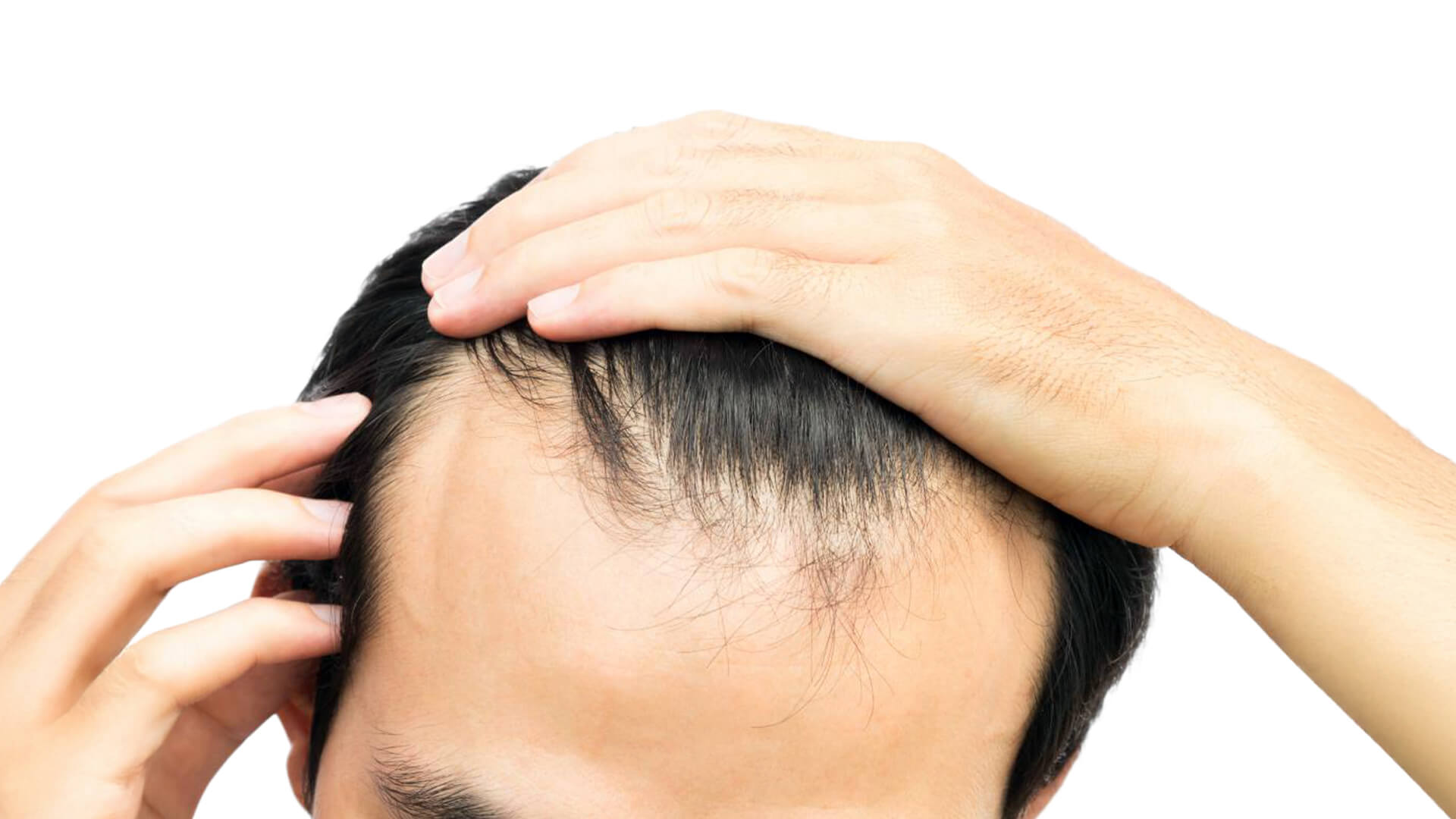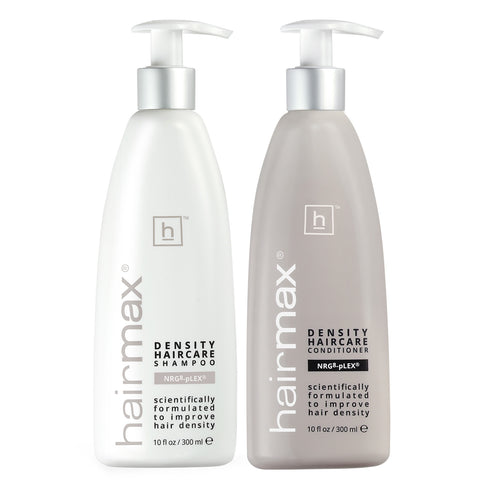By James Britt
We cut it, color it, curl it, straighten it, bleach it, perm it and burn it, and in many other ways abuse it, but do we really understand it?
Hair, and the basic process of cell communication, which causes our hair to grow and then self-destruct, is one of the most complicated and fascinating biological systems in our bodies. “It’s also an excellent model for how cells throughout the body differentiate,” says Dr. Elaine V. Fuchs, a molecular geneticist at the University of Chicago. “If you can really understand the developing hair follicle and how it communicates with the matrix of cells around it, you can understand cell interactions throughout the body.”
If the hair follicle is fascinating, it is also frustrating. It generates hair in abundance in places where we want it the least, while completely disdaining those places where we desire it the most. It has a tendency to zig when we want it to zag, lay flat when we want it to “poof,” turn gray almost overnight and stand on end one day, only to be seduced by gravity the next. All in all, the average person has approximately 100,000 hair follicles on their head, most of which seem to remain in a constant state of rebellion. The problem is so much a part of our culture, that we’ve even ascribed a follicular term to those days on which we seem to be losing the battle to manage our hair.

To better understand the hair follicle, we must first understand the hair growth cycle and realize that at any given time, all 100,000 of our hairs are at a different stage of their programmed cycle. The active growing or anagen phase lasts 4 to 6 years, after which, over a three-week period, the follicle begins to wither and is separated from its blood supply. This is the catagen phase. It is at this point that the hair follicle begins a 90 day “resting” period called the telogen phase before it begins to renew itself; (the hair follicle is the only body part that degenerates and renews itself throughout life).
The regeneration process begins, as derma papilla cells at the base of the new follicle divide and begin to move upward to create a sheath inside the follicle. The sheath protects the follicular channel and shapes the new hair cells, which are compressed into a hair shaft of structural proteins known as keratins. These keratins harden as they migrate to the surface through the follicular channel, where they emerge at the surface of the scalp as a new hair.
So, what can we do to encourage healthy hair growth?
Well, there is one simple and 100% natural solution. All life forms, plants, and animals derive life-giving sustenance from the sun’s energy. And that is also true of our hair. During the summer months when we are exposed to extended hours of natural sunlight our hair grows faster and thicker. It is the pure red spectrum of sunlight that stimulates blood supply to our scalp and provokes this biological phenomenon. Science has now harnessed this energy to provide mankind with a therapeutic solution to hair loss in the form of laser hair therapy. Clinical studies have shown that low-level (cool) laser light therapy can stop the progression of hair loss and stimulate re-growth. Lexington International, the global leader in home-use laser technology for hair growth, has led the way with its innovative Hairmax LaserBand and LaserComb devices to help hair loss sufferers regrow their hair without drugs or worrisome side effects.
On average, new hair shafts, which are essentially dead tissue, grow at a rate of one-half inch per month. Whatever the shape of their shafts, very few people seem to be happy with the hair that nature gave them. People with straight hair want curly hair, people with curly hair want straight hair, and people with red hair want blonde hair…. and so on. Hmmm.. Maybe it’s not our follicles that are fickle after all.
James Britt is an industry leader with thirty years of hair restoration experience. He was a pioneer in the cosmetic application of laser hair therapy. Mr. Britt is a contributing editor to the International Hair Authority, with a substantial body of work published on hair loss and emerging hair restoration technologies.

